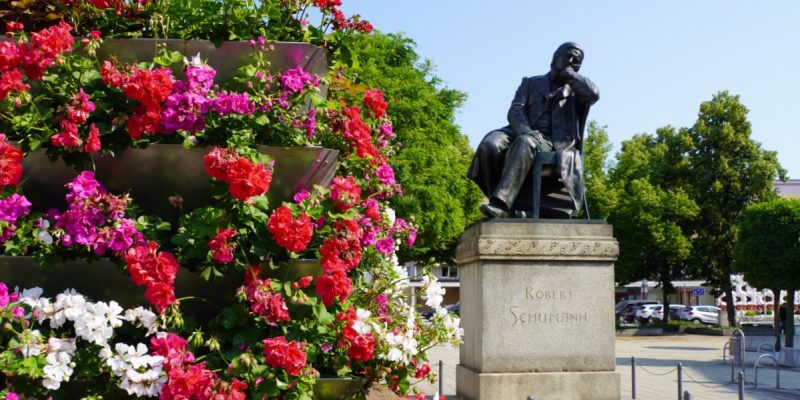Many visitors associate Zwickau with cars and Robert Schumann. The city has much more to offer and so we went on a city tour in Zwickau.
Continue Reading about 11 places in Zwickau that you should see

Many visitors associate Zwickau with cars and Robert Schumann. The city has much more to offer and so we went on a city tour in Zwickau.
Continue Reading about 11 places in Zwickau that you should see

Crimmitschau is located very close to Zwickau and is a typical industrial town. Mainly textiles were produced here and the nickname “city of 100 chimneys” was more than justified for many years.
Continue Reading about The Crimmitschau factory owners – villas

The small town of Waldenburg is located on the Zwickauer Mulde River. Here stands the beautiful Waldenburg Castle with its castle park.
Continue Reading about Waldenburg Castle – visit to a fairy tale castle

For me, Zwickau was always linked to the topic of “cars” and so we were also drawn to the August Horch Museum. This automobile museum in Zwickau is located on the European Route of Industrial Culture and depicts the history of automobile manufacturing in the city.
Continue Reading about Cars everywhere cars: the automobile museum in Zwickau

The composer and musician Robert Schumann was born in Zwickau on June 8, 1810. His reconstructed birthplace, the Robert Schumann House, houses a unique museum.

In Saxony there is the Museum-Naturalienkabinett Waldenburg (natural history cabinet), an impressive historical collection with numerous objects from the field of nature and astronomical and physical equipment, as well as arts and crafts exhibits from the Baroque period.
Continue Reading about Museum – Naturalienkabinett Waldenburg: on the trail of the wonder of nature